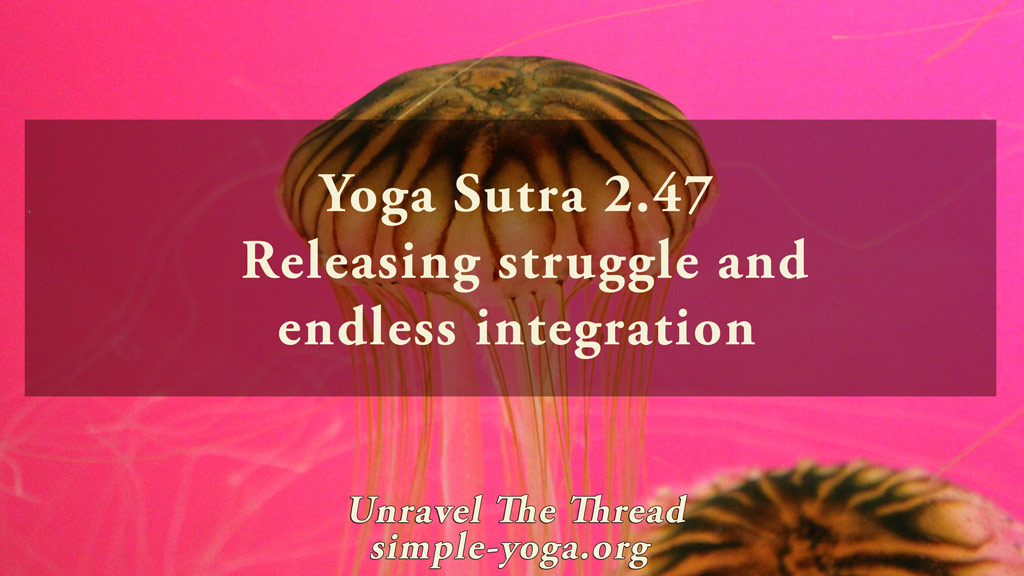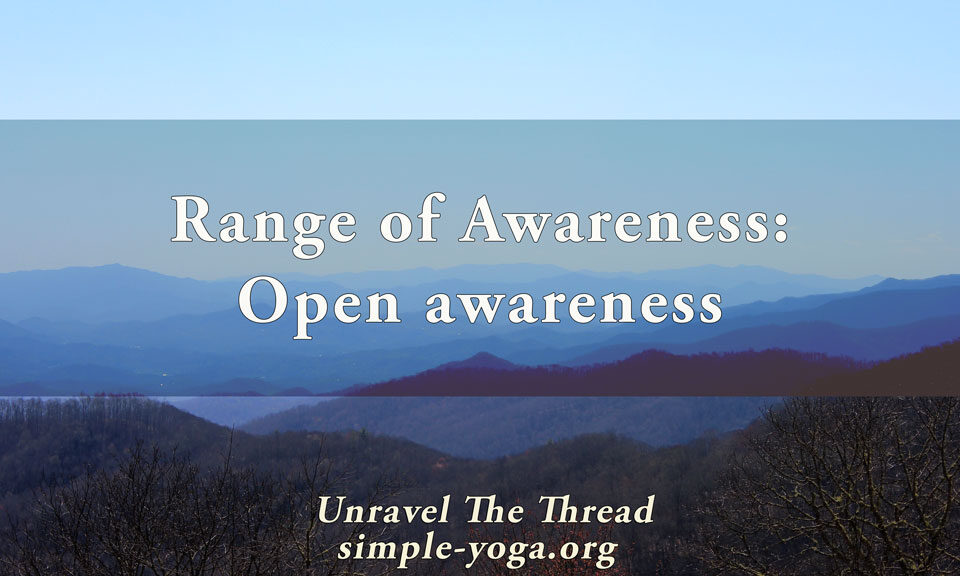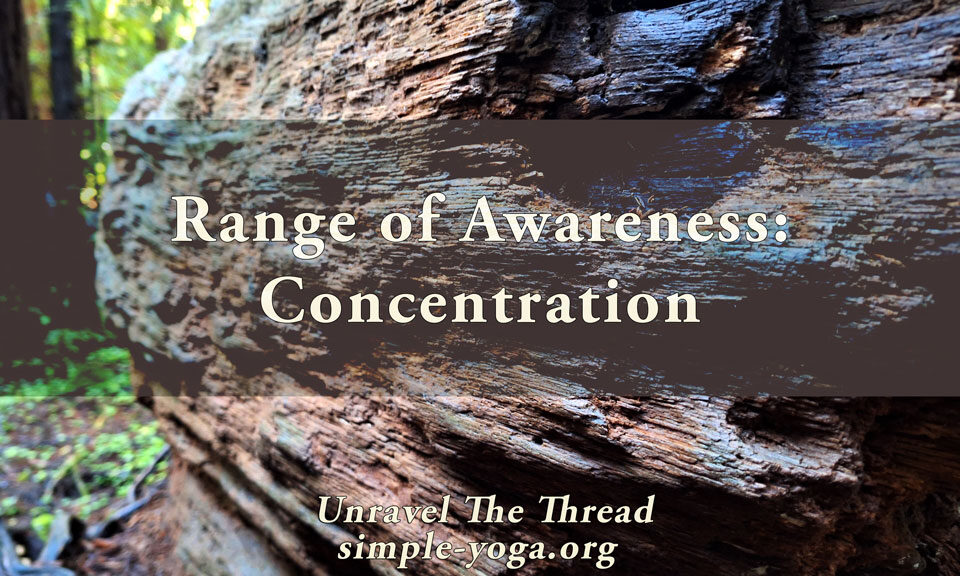
2.47 Releasing struggle and endless integration
March 11, 2021
2.49 Pranayama: Breath regulation
March 25, 20212.48 Beyond dualities

2.48 As a result, evenness beyond dualities.
The third sutra related to asana indicates the results of the practice, leaving behind the play of opposites. Once again, the Yoga Sutra offers a twofold approach combining being with doing, resulting in joyful ease. This approach, when presented in Chapter One as the combination of practice (abhyasa 1.12) with detachment (vairagya 1.15) was said to bring about stillness to one’s ways of being. Sutra 2.46 invites you to consider a specific way of doing that integrates firmness and ease into either firm gentleness or gentle firmness. Sutra 2.47 contributes a way of being combining a release of all struggle with continuous focus. This sutra presents the results of combining these ways of doing and being, you free yourself from gravitating toward the endless play of opposites like good-bad, hot-cold and like-dislike. In addition to connecting to the notion of yoga as being (1.2) and yoga as doing (2.1), this verse connects to the threads related to likes and dislikes at the beginning of this chapter (2.3, 2.7 and 2.8). Likes and dislikes play a major role in generating reactivity and agitation. When you are endlessly unified, you transcend your limited sense of self defined by the temporary ebbs and flows of your preferences. You move your fundamental sense of identity beyond the major duality between I am this and I am not this. This happens when you are in meditation or dreamless deep sleep and your physical boundaries become blurred so that there is no sense of inside and outside. Even the need to try to make that distinction at all vanishes. There is only being, everywhere.
Notice how you may be engaged in a constant process of creating distinct categories. For instance, to understand ourselves better, we divide ourselves from whole beings into body and mind, body and spirit, into a whole set of systems like musculoskeletal, neurological, respiratory, digestive, endocrine, etc. These separations are useful in understanding some aspects of ourselves, yet your experience is always whole, complete, and indivisible. Even the distinction between life and awareness is only useful as an analytical tool because life and awareness are in constant interpenetration. Thus, it is instrumental to remember to reconnect to your wholeness and completeness. What are the dualities that influence your understanding?
To what extent are I and not I useful categories for enhancing the quality of your life?
Is it possible that there are areas in your life where attachment to your sense of self spins you into an endless rollercoaster of dualities?
What is the relationship between dualities and preferences in your life?
Are there some dualities that trigger your actions and reactions?
What dualities emerge as you practice your yoga postures and movements? Do dualities serve as a filter that colors your interactions?
Could it be that some of the struggles you face come from being caught in the game of opposites?
As usual, one more way of exploring the meaning of this sutra is by chanting it.
You can choose to chant it in its traditional form with some of the words coming together:
2.48 tato dvaṅdvānabhighātaḥ
ततो द्वङ्द्वानभिघातः ॥४८॥
Another option is to chant each word in the sutra individually:
- tataḥ
- dvaṅdva
- anabhighātaḥ
If you prefer, you may listen to the podcast:
Unravel the thread is now available as a book!
If you find Simple-Yoga.org and Unravel the thread useful, consider supporting my labor with a donation, you may also donate using PayPal or Venmo. Thank you!



